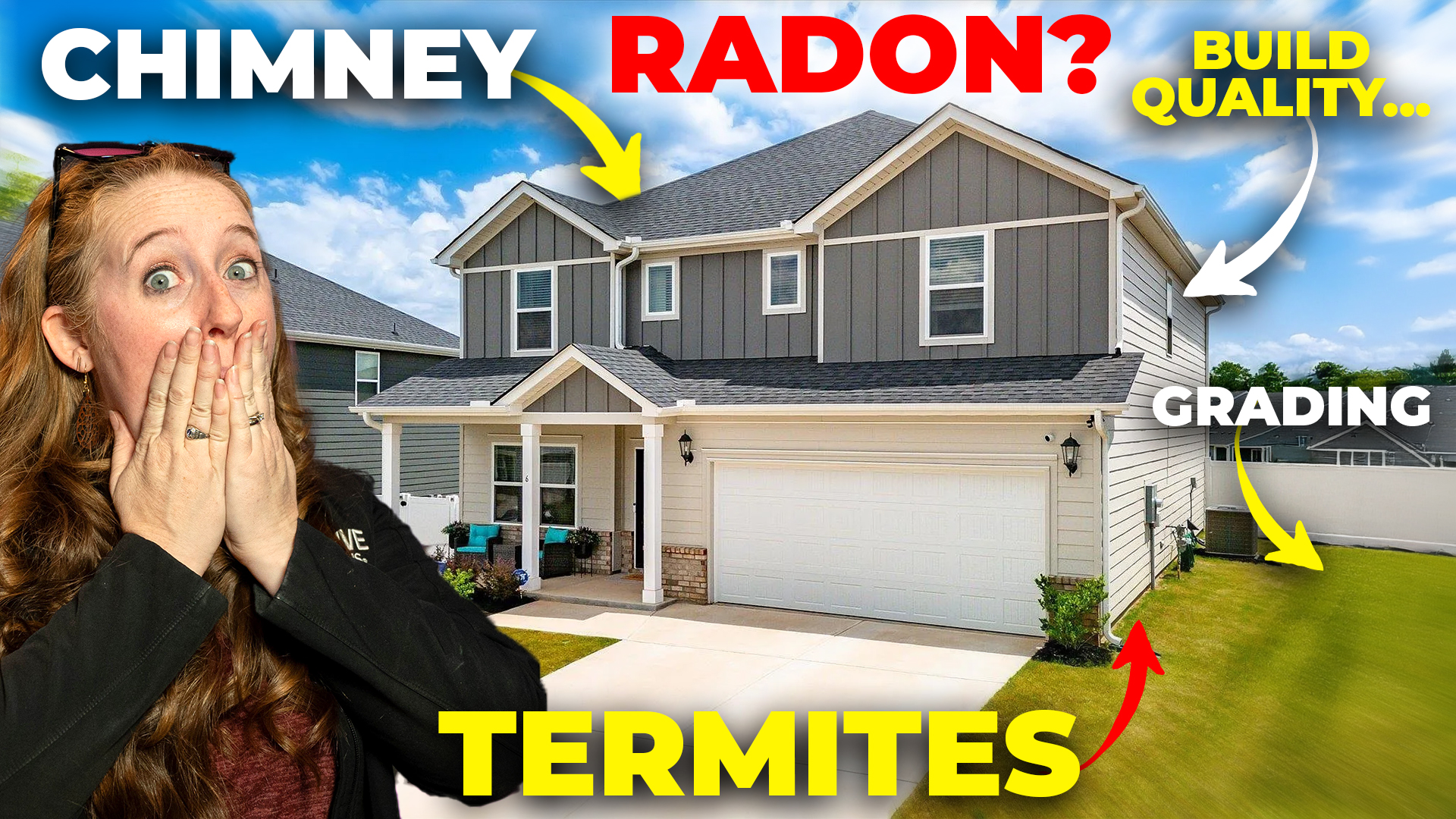Published August 11, 2025
What They Wont Tell You About Buying A House In Greenville, SC

When it comes to Greenville, South Carolina real estate, most buyers know the basics—check your budget, get pre-approved, and work with a qualified agent. But there’s a side to buying a home in the Upstate that isn’t always in the listings or brochures.
From hidden inspection issues to climate-specific risks, here’s what you need to know before committing to your next Greenville, SC real estate purchase.
1. Home Inspections Here Can Reveal Region-Specific Problems
Every inspection is important, but in Greenville, common issues include crawlspace moisture, termite activity, and aging HVAC systems. These are linked to our humid climate and seasonal weather swings.
Working with a home inspector who knows the Upstate housing market can mean catching problems before they become costly repairs.
2. Termite Inspections Are Essential
South Carolina is considered high-risk for termites. A Wood Infestation Report (CL-100) is crucial when purchasing property here.
Skipping this step can lead to expensive structural damage later—especially in older homes found in downtown Greenville and surrounding neighborhoods.
3. Don’t Ignore Radon Testing
While often overlooked, radon gas levels can be higher in parts of the Upstate than many buyers expect. Testing is affordable and mitigation systems are effective, making it a small investment in your health and safety.
4. Chimneys and Fireplaces Require Specialized Checks
From historic homes in North Main to new builds in Simpsonville, chimneys need thorough inspections. Creosote buildup and masonry cracks are common issues.
Many local inspectors also run chimney service businesses, giving them a unique advantage in spotting potential hazards.
5. Crawlspaces Can Make or Break a Deal
Greenville homes often have crawlspaces instead of basements. High humidity, poor ventilation, and standing water can lead to wood rot, mold, and pest infestations.
A knowledgeable local inspector can recommend vapor barriers, dehumidifiers, and other preventive measures.
6. Local Climate Affects Repair Costs
Humidity impacts building materials here. Subflooring often needs to be treated lumber, and exterior paint requires more frequent maintenance than in drier regions. Understanding these costs helps with long-term budgeting.
7. Inspection Reports Are Negotiating Power
A detailed inspection can help you request repairs, credits, or price adjustments. Waiving inspections in competitive bidding may seem tempting, but in Greenville, SC real estate, it’s a risky move.
8. Build a Local Expert Network
From pest control to chimney sweeps, having trusted local professionals can save time and money post-purchase. These experts know Greenville’s housing quirks and can help maintain your investment.
Final Thoughts
Buying in Greenville, South Carolina is exciting—whether you’re after a downtown bungalow or a suburban new build. But knowing the region’s hidden risks will make your purchase safer and smarter.
With the right inspection team and an understanding of our climate-specific challenges, you can make a confident move in the Greenville, South Carolina real estate market.





